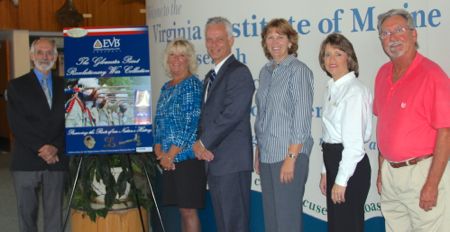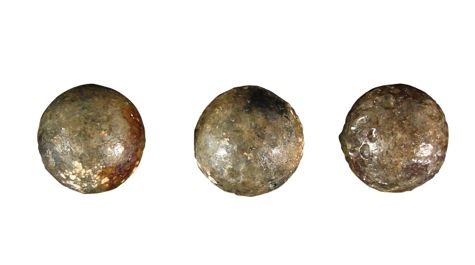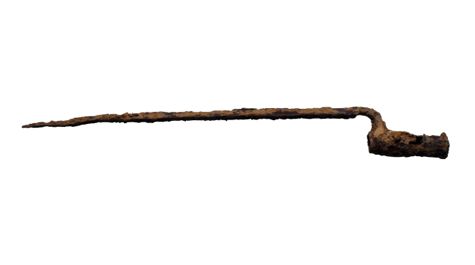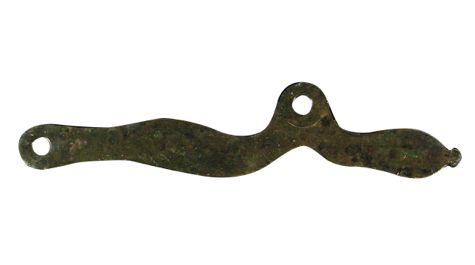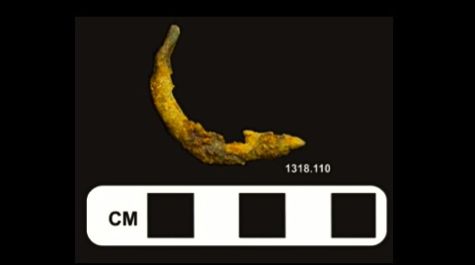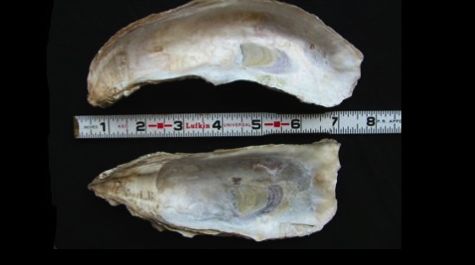Community partners help VIMS put history on display
Revolutionary War artifacts from VIMS campus to be shared with public
Lying near the confluence of the York River and Chesapeake Bay, Gloucester Point provides geographic advantages that have invited human habitation from prehistoric times to present, including occupancy by Native Americans; English colonists and soldiers; American soldiers, farmers, and merchants; and the faculty, staff, and students of the Virginia Institute of Marine Science.
On Saturday October 19th, 28 remarkable artifacts illustrating an important chapter in the long history of Gloucester Point will be put on public display for the first time, providing historical context for British occupation of the area during the Revolutionary War and the Battle of the Hook re-enactment scheduled for Warner Hall that weekend.
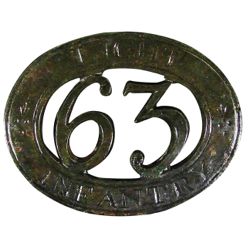 The artifacts were carefully selected from the thousands recovered by The Ottery Group during archeological excavations conducted in 2005 prior to the construction of VIMS’ Seawater Research Laboratory. The selected items, restored by the Maryland Archeological Conservation Laboratory, reflect the habitation of “Gloucestertown” by the forces of British Lieutenant Colonel Banastre Tarleton during the 1781 Siege of Yorktown.
The artifacts were carefully selected from the thousands recovered by The Ottery Group during archeological excavations conducted in 2005 prior to the construction of VIMS’ Seawater Research Laboratory. The selected items, restored by the Maryland Archeological Conservation Laboratory, reflect the habitation of “Gloucestertown” by the forces of British Lieutenant Colonel Banastre Tarleton during the 1781 Siege of Yorktown.
The conservation of the artifacts was made possible by financial contributions from EVB, an independent community bank with headquarters in Tappahannock. Following their showing at Warner Hall, the artifacts will go on permanent display at the Gloucester Museum of History in Gloucester Courthouse.
“We are always mindful of the historical significance of our campus,” says VIMS Dean and Director John Wells, “and are thus thrilled with the community partnership that is helping us share these archeological resources with the public. These artifacts bring to life an important chapter in the history of Gloucester, the Commonwealth of Virginia, and our country.”
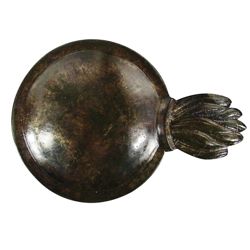 VIMS Facility Engineer Ron Herzick, who provided logistical support to the archeological crews that spent months uncovering the artifacts, says, “As a marine research institute, we’ve never had the expertise or funds to interpret and conserve these artifacts, nor the space to properly share them with the public. That’s just one of the reasons we’re so thankful for the monetary and in-kind support provided by EVB and Gloucester Parks and Rec.”
VIMS Facility Engineer Ron Herzick, who provided logistical support to the archeological crews that spent months uncovering the artifacts, says, “As a marine research institute, we’ve never had the expertise or funds to interpret and conserve these artifacts, nor the space to properly share them with the public. That’s just one of the reasons we’re so thankful for the monetary and in-kind support provided by EVB and Gloucester Parks and Rec.”
Joe Shearin, President and CEO of EVB, says, “We're pleased to sponsor and support this effort to preserve Revolutionary artifacts and re-enact a pivotal time in Virginia’s storied past. We're hopeful that the Gloucester community will take advantage of this event and the exhibits; and that we can continue this legacy and educational opportunity for future generations to appreciate our rich history."
Carol Steele, director of Gloucester Parks, Recreation, and Tourism, adds, “The conservation and display of these items is a great example of a public-private partnership, one that will benefit both local residents and visitors alike.”
Features and artifacts
All told, excavation of the VIMS site recovered 560 distinct archeological “features,” including 287 fence and building posts, 7 trash pits, and 24 structure-related features such as cellars, foundations, and hearths. Many of the historic features were at least partially intact, though some had been disrupted by 19th-century plowing and construction of single-family dwellings in the early 20th century.
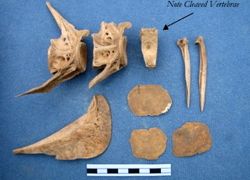 Appropriately enough given the focus of VIMS’ research, recovered artifacts include ample remains of Bay life, including oyster shells and the bones of sheepshead, drum, sturgeon, and other fishes. Also found were fish hooks.
Appropriately enough given the focus of VIMS’ research, recovered artifacts include ample remains of Bay life, including oyster shells and the bones of sheepshead, drum, sturgeon, and other fishes. Also found were fish hooks.
Lyle Torp, Ottery Group director, says, “The research shows not only how these resources contributed to diet at various points in history, but also may yield insights into the effects of humans on the environment over time, because the faunal remains come from archeological features that were deposited at a datable point in history.”
Another food-related feature uncovered at the site was an earthen “camp kitchen.” Torp says this represents “a unique feature that has not been previously documented archeologically.”
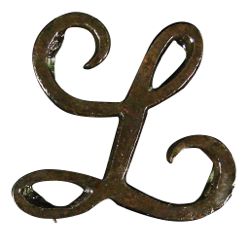
A similar camp kitchen is on display in the living history section of the Yorktown Victory Center; another was reportedly excavated at Valley Forge but never fully documented.
Battle of the Hook
The items to be displayed at Warner Hall and later the Gloucester Museum of History derive from a few months beginning in August of 1781 when Tarleton's famed “British Legion” landed at Gloucester Point in support of the British occupation of Yorktown just across the York River. The soldiers left behind a scattering of military gear, including musket balls, bayonets, musket pieces, and buttons.
According to Gloucester County, “The British troops under Tarleton's command 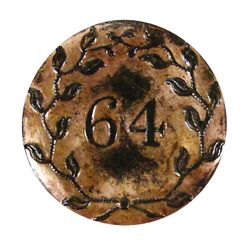 were able to forage the Gloucester countryside for food and supplies so successfully that Tarleton even had time to woo the young ladies. That was until the Battle of the Hook, when allied French and American troops caught up with him at Hayes.”
were able to forage the Gloucester countryside for food and supplies so successfully that Tarleton even had time to woo the young ladies. That was until the Battle of the Hook, when allied French and American troops caught up with him at Hayes.”
The results of that October 3rd battle, pivotal to the British surrender at Yorktown 16 days later, will be brought to life by more than 1,000 re-enactors and living historians from across the country on the historic grounds of Warner Hall during the “Return to the Hook” celebration on October 19th and 20th. For more information, visit http://www.battleofthehook.org.
